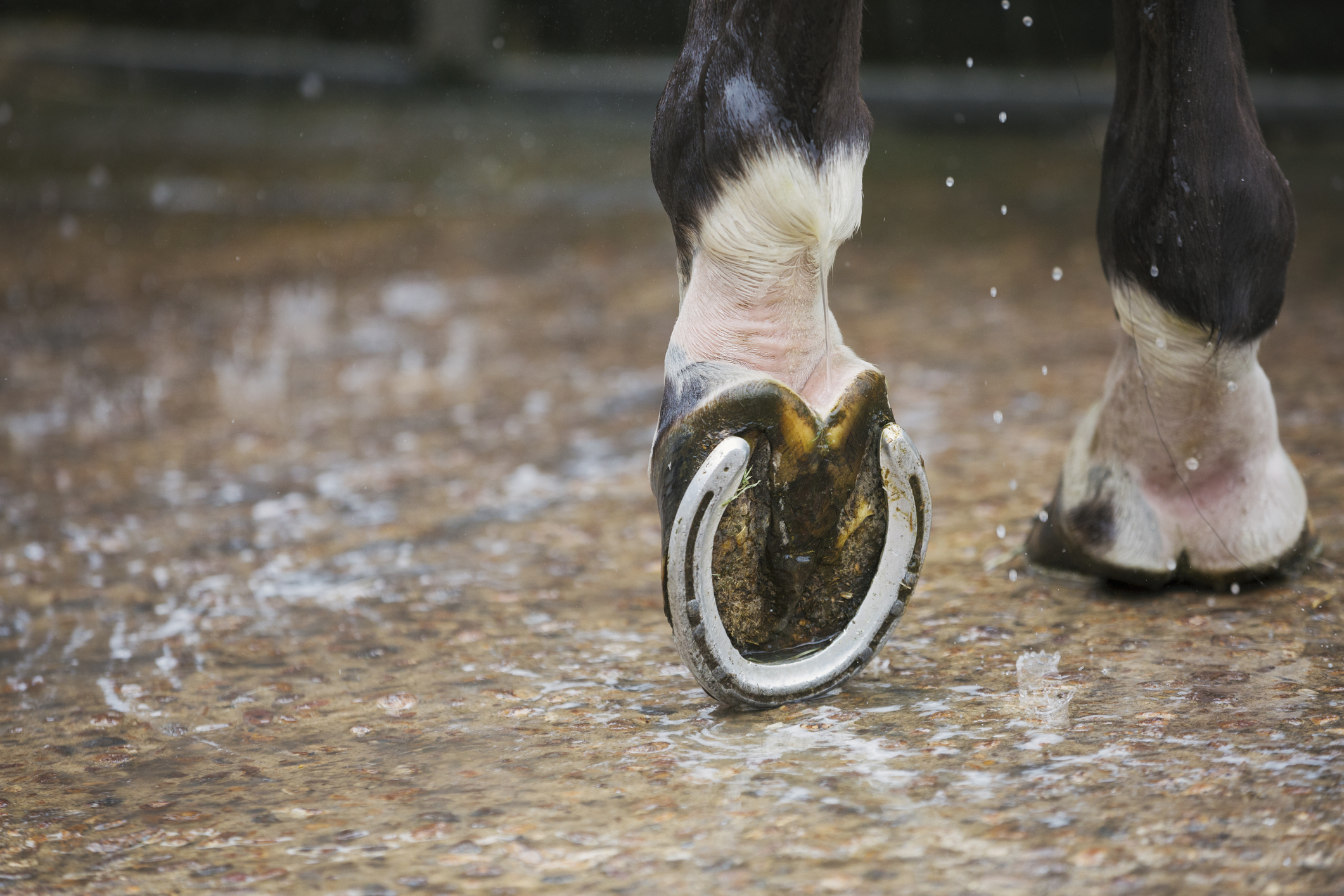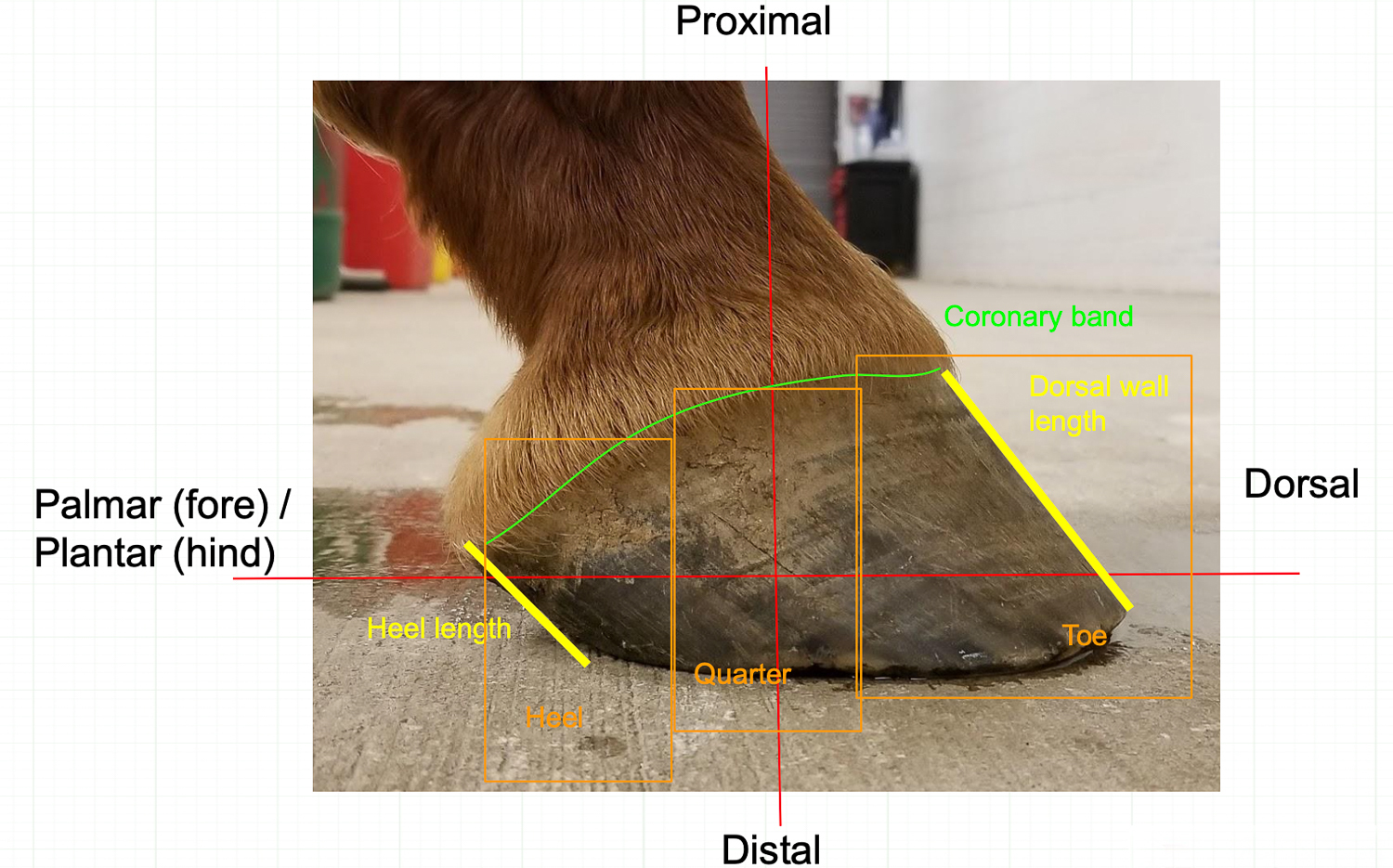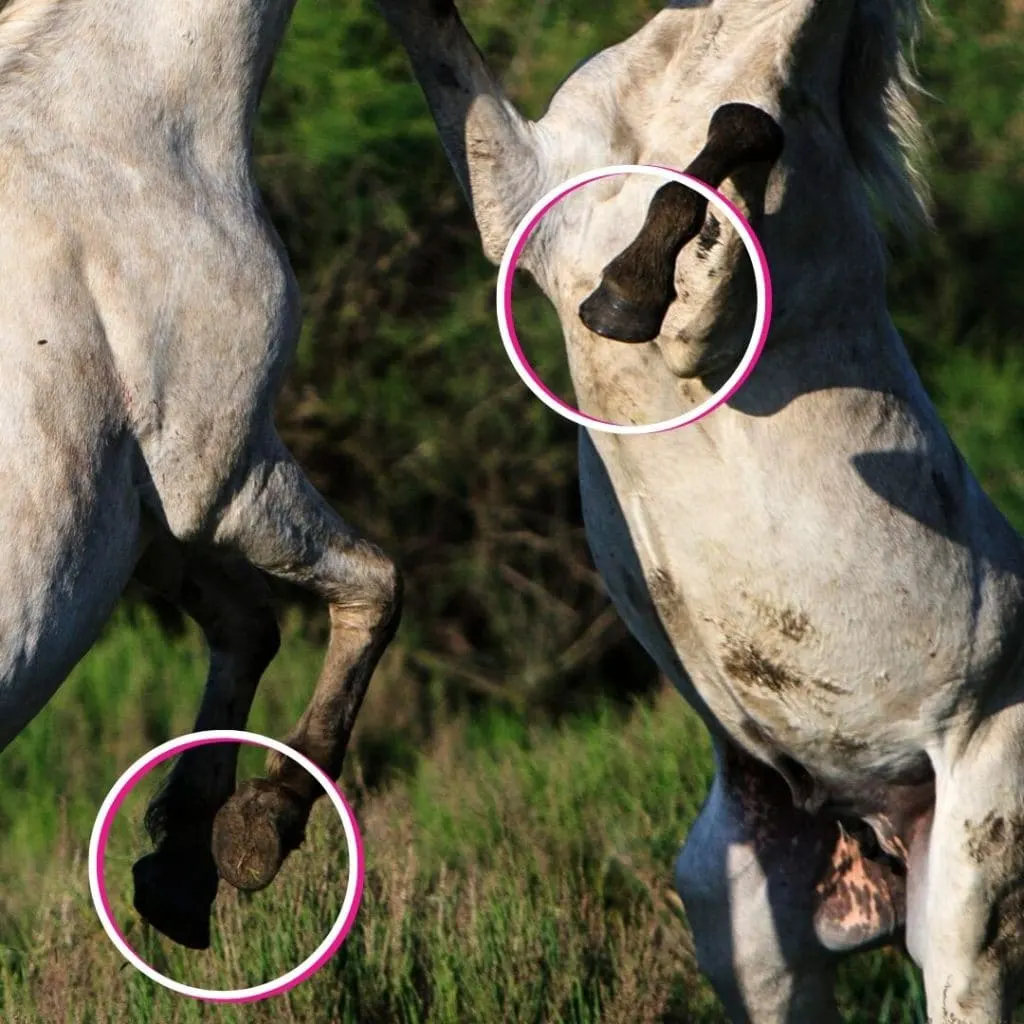Wild horses are known for their strength, agility, and resilience. One of the key factors contributing to their survival in the wild is their ability to maintain healthy hooves. The hooves of wild horses play a crucial role in their daily lives, allowing them to traverse various terrains, find food and water, and escape predators. Understanding how wild horses maintain their hooves can provide valuable insights into their natural behaviors and the mechanisms that enable them to thrive in their natural habitat.
Importance of Hoof Health

The hooves of a horse are analogous to the foundation of a building. They provide support, traction, and protection, allowing the horse to move with agility and grace. In the wild, a horse’s hooves are constantly subjected to a variety of surfaces, including rocky terrain, muddy environments, and abrasive surfaces. Without proper hoof care, a horse’s ability to forage for food, evade predators, and navigate its surroundings would be severely compromised.
Natural Wear and Tear
In the wild, wild horses cover extensive distances in search of food, water, and shelter. As they move, their hooves naturally come into contact with a diverse range of surfaces, leading to a gradual wear and tear process. This natural wear helps to maintain the shape and integrity of the hooves, preventing overgrowth and distortion.
Regular Movement
Wild horses are constantly on the move, whether they are grazing, interacting with other members of their herd, or seeking out new territories. This regular movement serves as a form of natural hoof conditioning, as it helps to promote proper circulation and stimulate the development of strong, healthy hooves. The consistent impact of the horse’s weight on the ground also aids in the natural trimming of the hooves, preventing excessive growth and maintaining a balanced hoof shape.
Natural Trimming

In the absence of human intervention, wild horses rely on natural trimming mechanisms to keep their hooves in optimal condition. As they move across different terrains, the abrasive surfaces act as natural rasps, gradually wearing down the outer layers of the hooves. This process helps to prevent overgrowth and maintain the proper shape of the hooves, allowing the horse to move with ease and agility.
Rocky Terrain
Many wild horse habitats feature rocky terrain, which serves as a natural abrasive surface for hoof maintenance. As wild horses navigate these rugged landscapes, the friction between their hooves and the rocky surfaces helps to wear down any excess growth and smooth out rough edges. This natural trimming process ensures that the hooves remain well-maintained and free from irregularities that could impede the horse’s mobility.
Grasslands and Soft Soils
While rocky terrain contributes to natural hoof maintenance, grasslands and soft soils also play a role in keeping wild horse hooves healthy. The softer surfaces provide a contrasting form of conditioning, allowing the hooves to flex and adapt to the terrain. This variation in ground firmness helps to promote balanced hoof growth and prevents the hooves from becoming excessively worn down, ensuring that they retain their strength and resilience.
Nutrition and Foraging

A wild horse’s diet plays a significant role in the maintenance of its hooves. The natural foraging behavior of wild horses exposes them to a diverse array of grasses, herbs, and other vegetation, each of which contains essential nutrients for hoof health. By consuming a varied diet rich in minerals and vitamins, wild horses support the growth and strength of their hooves from the inside out, contributing to their overall hoof health and resilience.
Essential Minerals
Certain minerals, such as zinc, copper, and biotin, are essential for maintaining strong, resilient hooves. Wild horses obtain these vital nutrients from the diverse plant species they consume, ensuring that their hooves have the necessary building blocks for healthy growth and maintenance. The natural diversity of their diet provides a balanced intake of these essential minerals, allowing wild horses to sustain their hoof health through their foraging habits.
Foraging Behavior
The act of foraging itself also contributes to hoof health. As wild horses graze and browse, they engage in continuous low-impact movement, which helps to promote proper circulation and stimulate hoof growth. Additionally, the act of selectively choosing forage based on its nutritional content allows wild horses to instinctively seek out the nutrients that support optimal hoof health, further reinforcing the natural mechanisms that help them maintain healthy hooves.
Social Dynamics and Natural Behaviors

The social structure and natural behaviors of wild horse herds also play a role in hoof maintenance. The interactions between members of the herd, as well as their instinctual behaviors, contribute to the overall health and resilience of their hooves.
Herd Movement
Wild horse herds exhibit cohesive movement patterns as they traverse their natural habitats in search of resources. This collective movement not only facilitates the survival of the herd as a whole but also serves as a form of natural conditioning for their hooves. The synchronized footfalls and rhythmic gait of the herd members contribute to the gradual wear and natural trimming of their hooves, ensuring that they remain in optimal condition for various terrains.
Social Grooming
Within the herd, wild horses engage in social grooming behaviors that extend to the maintenance of their hooves. Mutual grooming sessions, where horses use their teeth to gently clean and maintain each other’s hooves, help to remove debris and promote healthy hoof hygiene. This communal grooming behavior not only strengthens the bonds within the herd but also contributes to the overall hoof health of its members.
Adaptation to Environmental Challenges
Wild horses have evolved over centuries to adapt to the challenges presented by their natural environments, and their hooves reflect this remarkable adaptation. The unique characteristics of their hooves enable them to navigate diverse terrains and withstand the rigors of their wild existence.
Dynamic Hoof Structure
The dynamic structure of wild horse hooves allows for flexibility and resilience in response to varying terrains. The concave shape of the hoof provides natural traction and grip, enabling wild horses to navigate steep inclines, rocky surfaces, and slippery terrain with agility and stability. This adaptive hoof structure reflects the evolutionary success of wild horses in adapting to the demands of their natural habitat.
Self-Regulating Growth
In the wild, the growth of a horse’s hooves is self-regulating, responding to the environmental stimuli encountered during their daily activities. The natural wear and tear from movement across different surfaces, combined with the varied diet and social behaviors, contribute to a balanced and sustainable rate of hoof growth. This self-regulating mechanism ensures that the hooves remain well-maintained and adapted to the specific challenges of the wild landscape.
Curious about how wild horses maintain their hooves? Learn more about it in our articles on how wild horses clean their hooves, how wild horses trim their hooves, and how wild horses float their teeth.
Conclusion
In the wild, wild horses rely on a combination of natural factors to maintain the health and resilience of their hooves. From regular movement and natural trimming to the diverse diet and social dynamics, the mechanisms that contribute to hoof maintenance are deeply intertwined with the natural behaviors and adaptations of wild horses. Understanding how wild horses maintain their hooves provides valuable insights into their remarkable ability to thrive in their natural habitat, showcasing the intricate balance between their physical attributes and the environment in which they live. As we continue to study and appreciate the resilience of wild horses, their hoof maintenance serves as a testament to the enduring bond between these majestic animals and the wild landscapes they call home.



